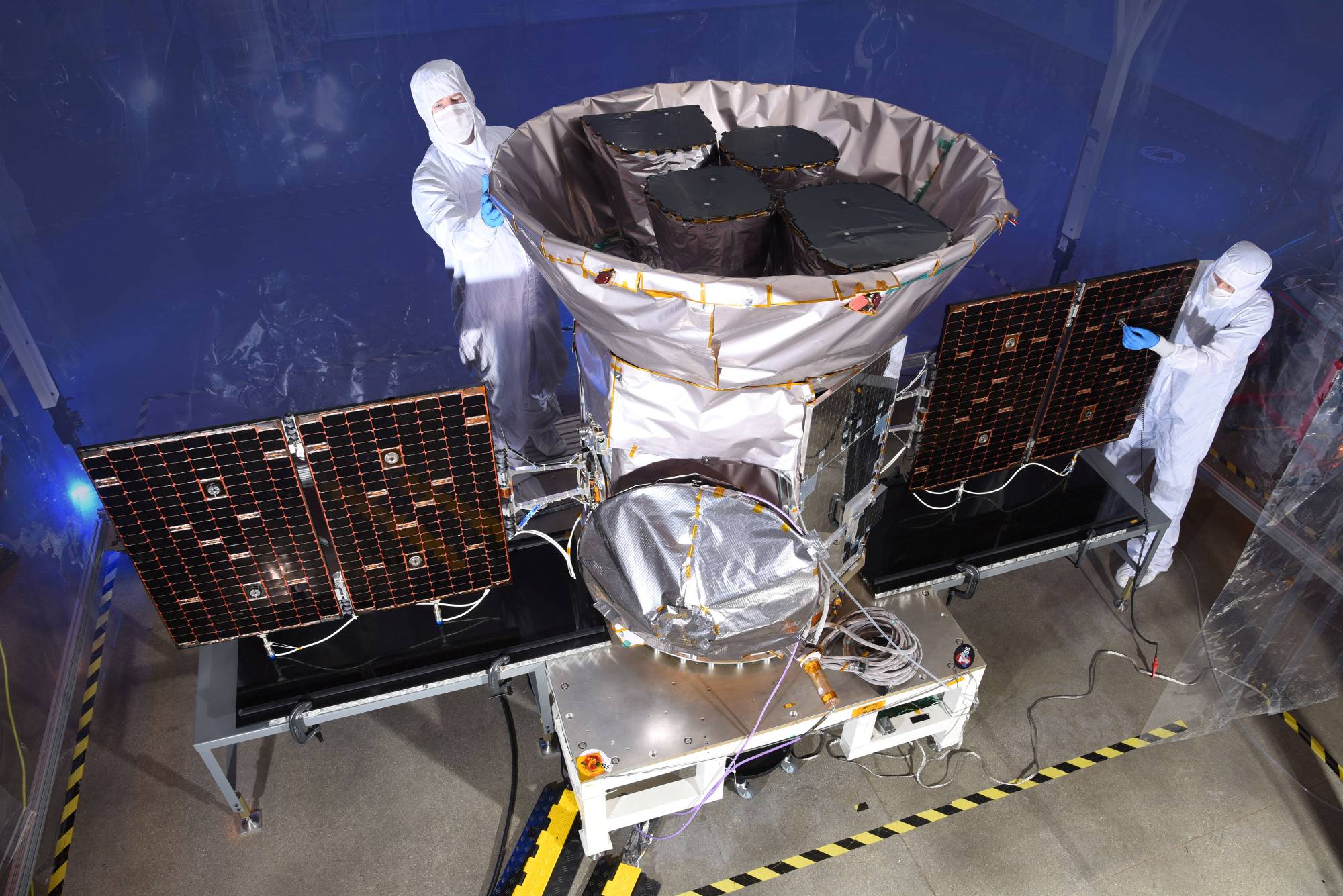For decades, IT administrators have waged an endless war to protect their systems from hackers. That struggle started half a century ago with audio tapes and floppy discs the primary weapon, before faster wired and mobile communications allowed an adversary to breach a target’s network to steal credit card information or shut down oil pipelines.
Take that battle 20,000 kilometers (12,000 miles) into space where satellites roam and you have the final frontier of cybersecurity. And with it come the same vulnerabilities, poor digital hygiene, and human errors that make land-based systems open for attack. The problem is that it’s a whole lot harder to flick a switch or turn off a computer when you can’t take a casual walk down to the server room.
Among the mistakes are satellite systems lacking two-factor authentication — using two separate methods of logging in — or not following the principle of least privilege, whereby individual users are given the lowest levels of system access necessary. Many send their data unencrypted, while there’s a lack of standards and regulations to ensure proper security for orbiting hardware.
















With your current subscription plan you can comment on stories. However, before writing your first comment, please create a display name in the Profile section of your subscriber account page.